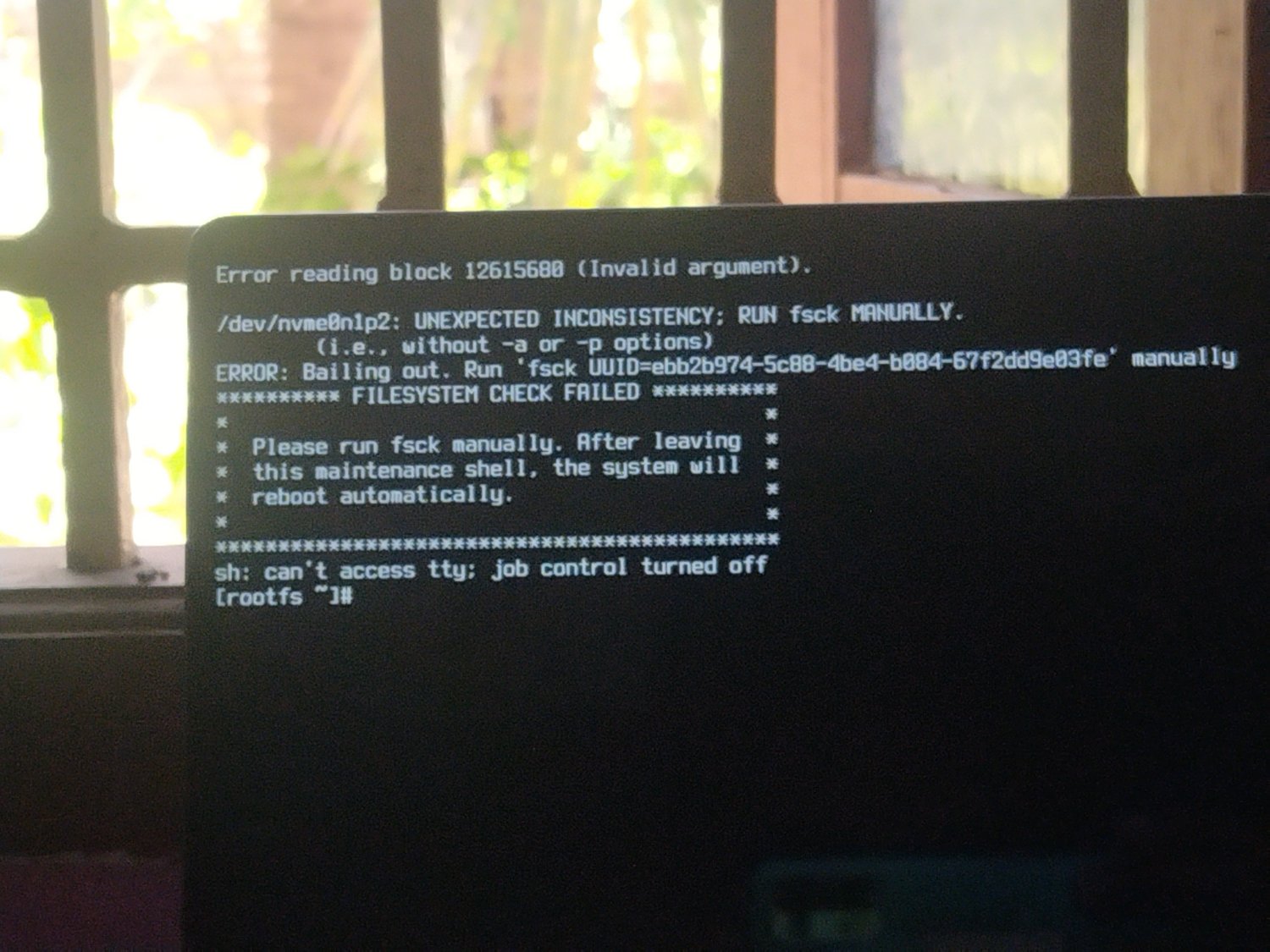this post was submitted on 06 Apr 2024
149 points (93.1% liked)
Linux
59265 readers
614 users here now
From Wikipedia, the free encyclopedia
Linux is a family of open source Unix-like operating systems based on the Linux kernel, an operating system kernel first released on September 17, 1991 by Linus Torvalds. Linux is typically packaged in a Linux distribution (or distro for short).
Distributions include the Linux kernel and supporting system software and libraries, many of which are provided by the GNU Project. Many Linux distributions use the word "Linux" in their name, but the Free Software Foundation uses the name GNU/Linux to emphasize the importance of GNU software, causing some controversy.
Rules
- Posts must be relevant to operating systems running the Linux kernel. GNU/Linux or otherwise.
- No misinformation
- No NSFW content
- No hate speech, bigotry, etc
Related Communities
Community icon by Alpár-Etele Méder, licensed under CC BY 3.0
founded 6 years ago
MODERATORS
you are viewing a single comment's thread
view the rest of the comments
view the rest of the comments

There's something to know in the future, which others don't seem to have mentioned. Resizing a partition is 2 steps: resizing the filesystem, and resizing the partition.
When shrinking, you first resize the filesystem, and with this you make sure that the filesystem does not want to use data outside of the wanted shrinked size. If that not possible because you don't have enough free space, the shrink operation should tell that. After shrinking is done, you can continue with changing the partition table, to actually resize the partition.
When expanding you first expand the partition (so that the fs will have room to expand to), and then expand the filesystem.
If you're familiar with partitioning from the tools of microsoft windows, it's disk manager does the 2 steps without you noticing. This is just how most graphical partition managers work.
But it's important to be aware that the partition and the filesystem is not one and the same object. The filesystem resides in the partition like your feet does in your shoes, and the beginning of the partition helps for the system to find the beginning of the file system, which must end at the partition's end (or before that, but that's not efficient).
If you prefer graphical partition managers (I do too, it's much easier), Linux has a few of them. I recommend you to use GParted. It's a Linux based pendrive-bootable partition editor. They have an official live image, but I would recommend using the SystemRescue system (a live system too), which includes that and many other tools.
In this case, that the problem had already happened, it may or may not be easier to use this.
Excellent explanation - I might use your "feet in shoes" analogy in the future
GParted has solved so many things over the years... my data, my reputation... maybe even my job on 1 occasion.
Instructions unclear, toes sticking out front of shoes.